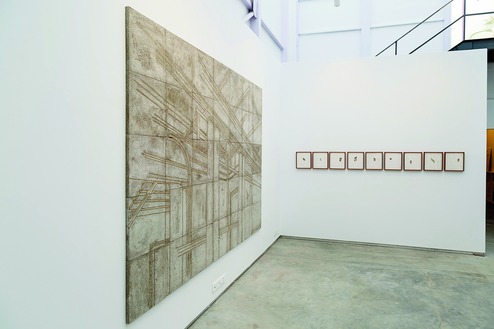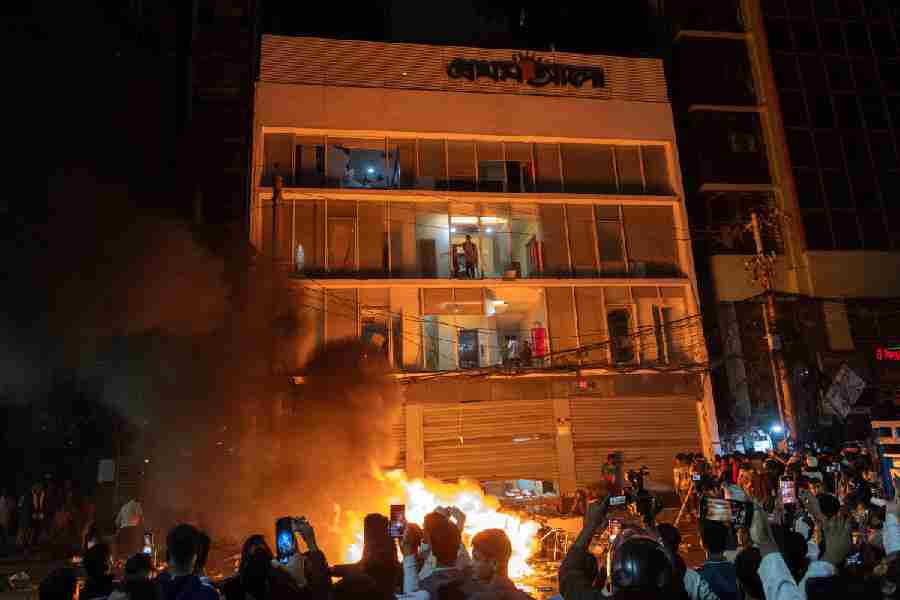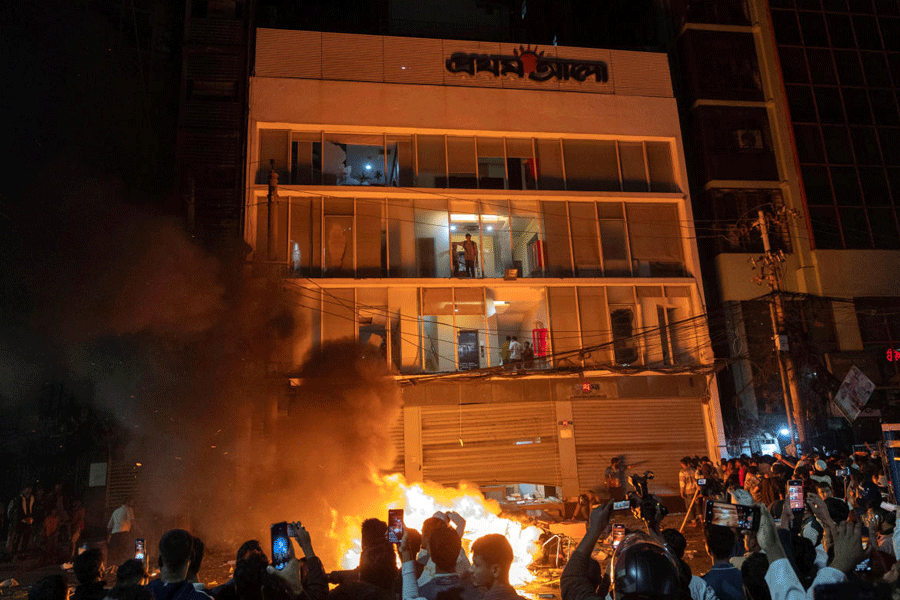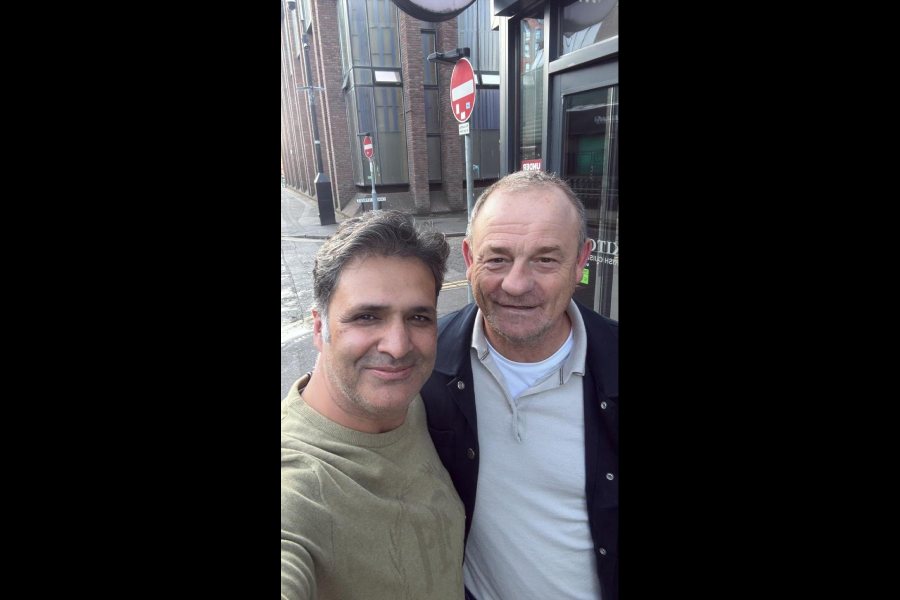
All forms of art are, of course, some form of translation; from experience and thought to creative work. Transitions from one form to another and from one culture to another entail a complex of shifts, from the intended in a particular context to unforeseen perspectives. A fascinating process of loss, distortions and new interpretations. This is the area Emergent Art Space of the United States of America in collaboration with a Calcutta team headed by Samindranath Majumdar sought to explore in their recent show at the ICCR, featuring some 44 young artists from 16 countries -including 24 from India - of whom 22 were Calcuttans.
Whether such translations lead to transformation, as Darija Medic (Serbia) proposes with an amusing reference to the game of Chinese whispers; to garbling as Magda Opido (Poland) encountered in getting a poem by Czeslaw Milosz translated, rather adventurously perhaps, through Google; or to dialogue as Camella Kim (South Korea) suggests in a photo of her installation/performance -where she, representing the East, and a viewer, representing the West, sit on either side of a scroll, weaving in threads - the centrality of cross-cultural interaction through texts and the arts can't be overstated.
Transmitting text into colour via grapheme-colour synaesthesia as Lauren Bierly (US) has done with Emerson's Nature or attempting to distil the essence of Julia Kristeva's The Severed Head in a single, bravely literal, image as Iranian Farhad Bahram has done loses too much of the anchor to claim any kinship. Yet, new techniques can yield captivating results as the visual mapping of sound frequencies in the video of Caitlin Mkhasibe (South Africa ) proves. Artist Nichole Speciale and musician Rachel Beetz, however, give a new dimension to a known practice by not only visualizing music but also setting musical notes to visuals for a rewarding symbiosis of two media. Rea De Guzman (Philippines) and Imagine (Nepal) revisit tradition in mining scripts into riveting art.
A circuitous process of layering leads to some fine examples. Bianca Boragi (US) lets overlapping stitches on a mute witness of emotional graphs - the handkerchief - objectify the fluid shifts among truth, concealment and confusion. Sheila Rodriguez (Spain) transfers photographs (of a battle, presumably) on canvas to rework the images into fine, semi-abstract and nebulously Turneresque abstract art. And in resurrecting as art used adhesive tape with which middle school children in Beijing concealed errors to escape punishment, Moki Li (China) insinuates multiple meanings beyond the narrative it condenses.
Several local artists impressed the viewer as well. Like Sumantra Sardar and Jayeti Bhattacharya, who negotiate sensitively between psychological and physical space. Or Sumit Sadhukhan, Gaurab Dhara and Subhamay Dutta, who aren't confined to the theme but evoke your interest nonetheless. But it's Throngkiuba Yimchungru's video that captures the contemporary pulse: of indignant, irrepressible rebellion.










